This is my core simple case for why I think it’s such a massive mistake for environmentalists to target data centers specifically as a problem, in 2 thought experiments.
Suppose I want to run my own tiny AI model. Not one a lab made, just my own model on a personal device in my home. I go out and buy a second very small computer to run it.
I use it a lot. Each day, I ask 100 questions to my mini AI model. Each prompt uses about ten times as much energy as a Google search, but a Google search is so tiny that the prompt also uses a tiny amount of energy. All together, my 100 prompts use the same energy as running a microwave for 4 minutes, or playing a video game for about 10 minutes.
Sending 100 prompts to this AI model every single day adds 1/1000th to my daily emissions.
Is what I’m doing wrong?
I think the average person would say no. This is such a tiny addition that I personally should be able to decide whether it’s worthwhile for me. We don’t go around policing whether people have used microwaves a few seconds too long, or played a video game for a few minutes too long. Why try to decide whether it’s evil for me to spend a tiny fraction of my daily energy on a computer program I personally think is valuable?
Let’s say that I learn that my neighbor is also using an AI model, and has bought her own second tiny computer for it too. It also only adds 1/1000th to her emissions as well. She also uses it 100 times per day, indicating that she’s getting some value out of it.
Is this wrong?
If it’s not wrong for me to use my personal tiny computer, it shouldn’t be wrong for her either. That would be treating me as somehow special or different from her. If it’s not bad for me to raise my emissions by 1/1000th doing something that I personally think is valuable, it’s not wrong for her either.
There are now 4 people in my neighborhood using a tiny computer for AI. It’s not wrong for each of them to do this. It’s like if they each started playing a new video game for a few minutes a day, or using their microwave a little bit more. The AI app is barely adding anything as a percentage of the neighborhood’s emissions. Just like it’s 1/1000th of my personal emissions, it’s also 1/1000th of the combined emissions of the 4 people who use it.
The 4 people in my neighborhood realize that they can combine their AI tools together, into a single more efficient computer. They wire them up into a centralized location between their homes. This saves some electricity and cooling costs:
Would this be wrong?
No. It’s actually using less electricity than it otherwise would, so this causes the emissions to drop. The climate only responds to total emissions, it doesn’t respond to where specifically energy is used.
What if more people wanted to do this? Lots of people have their own little mini AI computers. They want to add them to this growing centralized pile of mini AI computers. Each one only adds 1/1000th to their daily emissions if they send 100 prompts per day.
Once we got to 100,000 people, we would have a really gigantic centralized pile of tiny, hyper-efficient computers serving a population of a whole city. Each individual computer would still be efficient, each individual person would still only be adding a tiny tiny amount to their emissions, and the only new thing is that all these tiny computers would be in a single central location. They would probably be made even more energy-efficient due to economies of scale, and new more efficient systems for cooling and power delivery that could be used with all of them in one place.
If 100,000 people around the world were running these tiny computers from their personal homes, no one would take any issue with it, for the same reason no one has a problem with people playing gaming consoles for a few extra minutes a day. But because they are all suddenly in one place, they look large compared to other buildings, and so some people get confused and assume that because the new building is so large and energy-hungry, it must also be inefficient or wasteful. This is a huge mistake, and one that’s made all the time in conversations about AI and the environment.
All these tiny hyper-optimized computers in a single central location, serving hundreds of thousands of people at once, is what a data center is. Data centers are concentrations of hyper-efficient computer processes that no one would have any issue with at all if they were in the homes of the individual people using them. If you wouldn’t have a problem with these tiny computers, you shouldn’t have a problem with data centers either. The only difference is the physical location of the computers themselves, and the fact that these tiny computers are actually combined into larger ones to serve multiple people at once. The only reason they stand out are that these processes are concentrated in one building, which makes them look large if you don’t consider how many people are using them. If instead you see data centers as what they really are, building-sized hyper-efficient computers that hundreds of thousands of people are using at any given moment, they stop looking bad for the environment. In fact, they are the most energy-efficient way to do large scale computing, and computing is already very energy efficient. The larger the data center, the more energy-efficient it is. “Power usage effectiveness” is the ratio of how much energy the data center delivers to computers vs. how much it takes in. A perfectly energy-efficient data center would have a PUE of 1. The more energy a data center uses, the closer its PUE approaches zero energy waste:
There are two coffee shops, Skeet’s and Novabucks.
Skeet’s is 5 times as energy efficient as Novabucks. If you buy a coffee from them, the emissions you cause will be just 1/5th what they would be at Novabucks.
Skeet’s is much more popular than Novabucks. They have 1000 coffee shops. Novabucks just has 5.
Which one is worse for the environment?
If you want a coffee, and want it to be environmentally friendly, which one should you buy from? The answer seems obvious here. Skeet’s only emits a 5th as much per coffee, so you should buy from them.
But Skeet’s has so many more coffee shops that even though they’re individually more efficient, their total emissions are 40 times as high as Novabucks. They emit a 5th as much, but they have 200 times as many stores. (1/5) x (200) = 40. Someone could show you this graph, and say “You should really stop buying from Skeet’s, look at how much more CO2 they emit! Buy from Novabucks instead.”
This is obviously wrong. That giant Skeet’s line is actually made up of a ton of super eco-friendly coffees. The smaller Novabucks line is made up of way less efficient coffees. The difference is that Skeet’s is providing way more individual efficient coffees than Novabucks is providing inefficient ones.
So Skeet’s is just emitting more because it’s more popular, not that each coffee is wasteful. Anyone who wants a coffee and wants to reduce their emissions should always go to Skeet’s. Skeet’s is better for the environment than Novabucks.
Whether you buy a coffee at Skeet’s or Novabucks is basically exactly like whether you run a computer program in a data center or your home device.
The data center is highly energy optimized for dealing with huge numbers of computer programs from lots of people at once, much more optimized than any home computer. The reason it’s using so much more energy is that hundreds of thousands of people are using it at once, not that it’s wasteful with the energy it uses. For the same reason that Skeet’s isn’t bad for the environment, data centers aren’t either. The scale of something like a data center or a coffee business tells you little about how bad it is for the environment. What matters is how much energy it uses per task and per user interacting with it. Data centers are maybe the single most energy efficient buildings we have created in terms of how much energy they use relative to how many people are interacting with them at once. Data centers are like huge public computers tens of thousands of people can play with at once. Each individual person’s energy usage in a data center is way less than it would be if they ran the same task on their personal computers, but the data center seems bad only because it concentrates these tasks in a single physical location.
This is why I think it’s such a terrible idea for people interested in the environment to attack data centers specifically. Each data center is a miracle of efficiency and uses way less energy per user than any other physical structure we have ever been able to build. Concentrating such huge demands in a specific location can create problems at a local level, but the issue is only that the surrounding grid wasn’t built for these huge demands, not that the data centers themselves are somehow wasteful with the energy they use.
In general, if people are doing tiny individual tasks that don’t add much to their emissions, I think they should be left alone and not condemned for those tiny tasks, regardless of whether we think the tasks themselves are valuable. Data centers just concentrate these individually tiny tasks into a single location. That’s all they do.
Even data centers used to train AI models look tiny if you divide the cost of training by the number of people who will use the model and the number of prompts they will send. It’s like making an up front investment of about 50 Watt-hours per person who will eventually interact with the model. It’s an investment per person who will use the model of the energy it takes to run a laptop for an hour. Training an AI model is kind of like if someone came over to your house and designed a new app on your computer you could use, and it took them about an hour to finish, and that just happening for all the billion people who use chatbots. These buildings are miraculously energy efficient, it’s just that they’re also being used by hundreds of millions of people. We should see that as an environmental achievement.
To use a more blunt analogy, the reason I’ve been driven a little crazy by the recent debate about data centers is that it feels as if everyone has suddenly started condemning bicycles as being bad for the environment because in total, manufacturing and disposing of bicycles emits more CO2 than Hummers each year. This obviously ignores that bicycles are extremely low energy per mile ridden compared to Hummers. Once you understand just how wildly energy (and water) efficient data centers are per user, it is much harder to condemn them purely for being large.
What would we expect to see if data centers are so hyper-efficient? They should be a tiny, tiny part of our emissions relative to how much we use them, but concentrate that efficient energy usage in specific places and strain local grids. I think of this as the environmental paradox of data centers: they both put uniquely large concentrated demand on local grids, but are also tiny efficient parts of the global energy grid. This creates confusion in discussing their environmental impacts.
Globally, the average person interacts with the internet for 7 hours per day. The entire time they’re interacting with the internet, they’re effectively using a data center as they would a personal computer. Data centers host and organize and store the internet. When you use the internet, you’re using a data center.
All data centers worldwide emitted roughly 180 million tonnes of CO₂ in 2024, about 0.5% of the world’s annual emissions.
At first, this may seem high. Half a percentage of global emissions is still higher than some countries, because there are ~200 countries. Even if each country were the same size, each would be half a percentage of the world’s emissions. People sometimes point out that data centers globally are emitting more CO2 than countries like the Philippines.
But if everyone on Earth were spending half their waking lives every single day interacting with the Philippines, it makes sense that the country’s emissions would at least double. It would probably skyrocket way higher than that! It should be physically impossible to build a ton of buildings that everyone on Earth uses for half the day every day that would somehow only emit as much as the Philippines, that would only be 0.5% of all emissions, and yet we’ve done it! That’s a miracle!
America is currently going through a buildout of new AI data centers. 51% of all hyperscale AI facilities in the world are in America, and 60% of new ones will be built here. These data centers are supporting users around the world, not just in America. We’re making building-sized computers that people around the world can log into and use to access AI tools. About a billion people use AI. The last year we have great data on America’s AI energy usage is 2023, when it used about 40 TWh. If we guess AI energy increased by 20% in 2024, and that 500 million people were interacting with AI in 2024 (the actual number is probably much higher, because AI is built into a lot of what we do online now), then for each person using an American AI data center, the data center used about 96 kWh of energy in 2024 per user, 0.5% of the average global citizen’s annual energy usage, and just 0.2% of the average American’s. This is a rough estimate, but if you actually include a rough guess of how many people globally are interacting with AI and how many of those people are interacting with US data centers, AI data centers in America still appear remarkably energy efficient.
What about water? Well the water that was actually used onsite in American data centers was only 50 million gallons per day in 2023, the rest was used to generate electricity offsite. Only 0.04% of America’s freshwater in 2023 was consumed inside data centers themselves. Data centers consumed just 3% of the water used by the American golf industry in the same year.
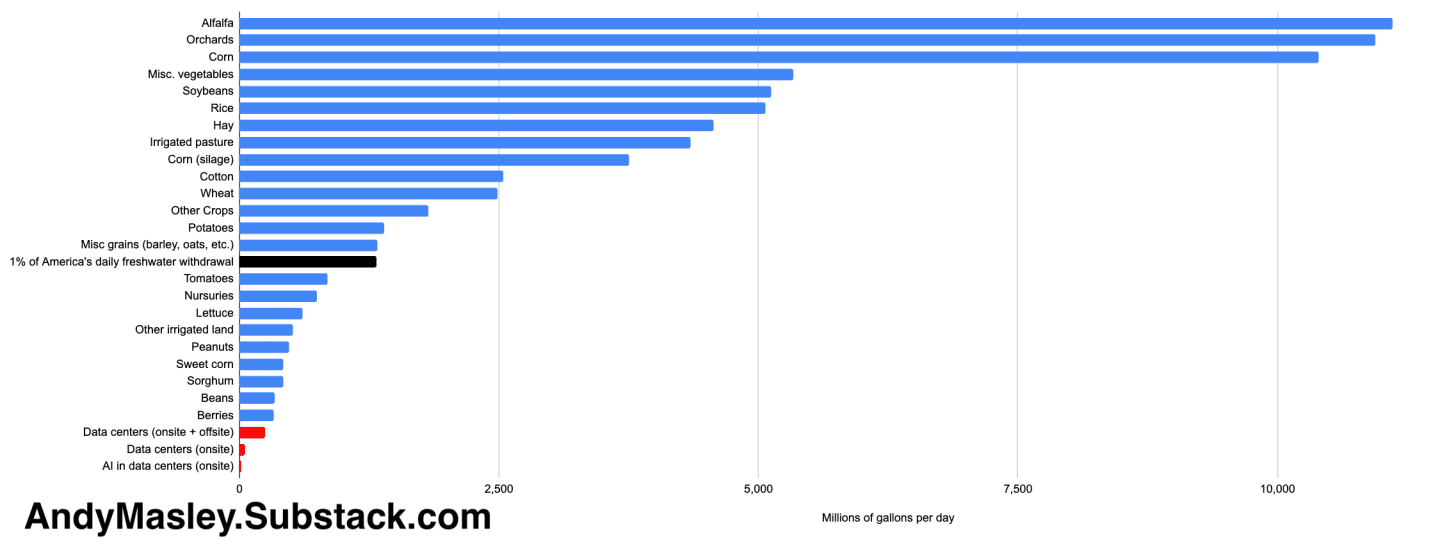

Forecasts imply that American data center electricity usage could triple by 2030. Because water use is approximately proportionate to electricity usage, data centers may consume 150 million gallons of water per day onsite, 0.12% of America’s current consumptive freshwater use.
So the water all American data centers will consume onsite in 2030 is equivalent to:
The water usage of 260 square miles of corn farms, equivalent to increasing America’s corn production by 1.4%.
The total projected onsite water consumption of all American data centers is incredibly small by the standards of other ways water is used. Again, consider that these small amounts of water are being used on something we all spend half our lives using.
The real environmental problem with data centers is that they concentrate so much specific electricity demand into such small specific places that the surrounding grid often cannot keep up, and needs to rely more on fossil fuel plants, or onsite gas turbines. This is serious, but to think seriously about this problem, people need to understand that this high demand is not coming from any wasted energy in the data center itself, it’s that there are hundreds of thousands of people invisible to us who are interacting with any one of them at a given time. Concentrating this demand actually makes them more energy efficient, due to economies of scale. The larger the data center, the more efficient it tends to be. So all else being equal, if you want a computer application to use the least energy possible, you should prefer that it be in the largest data center possible, even though this data center will put more strain on the surrounding grid.
On top of all this, anything that uses electricity is going to be much easier to decarbonize than most parts of the economy. The total electricity sector is only responsible for 25% of global emissions. The much bigger challenge is going to be vehicles and industrial processes that use fossil fuels directly. If we transition to a clean grid, the vast majority of the environmental problems with data centers will be solved.
When I hear people ominously intone that American data centers may triple their energy usage by 2030, I agree that this will be a struggle for the American energy grid, but on a per capita basis where we consider all global users of American data centers, I always have in the back of my mind that this means going from this:
To this:
This post was a mashup of four previous posts I’ve written to get the idea across more clearly. I expand on a lot of the points in this post in each of these:
One possible objection to this piece is that Jevons Paradox implies that making computing more efficient might make it use more resources in general. I’ve tried to respond to this objection at this link.
Some great overviews of data centers:
.png)



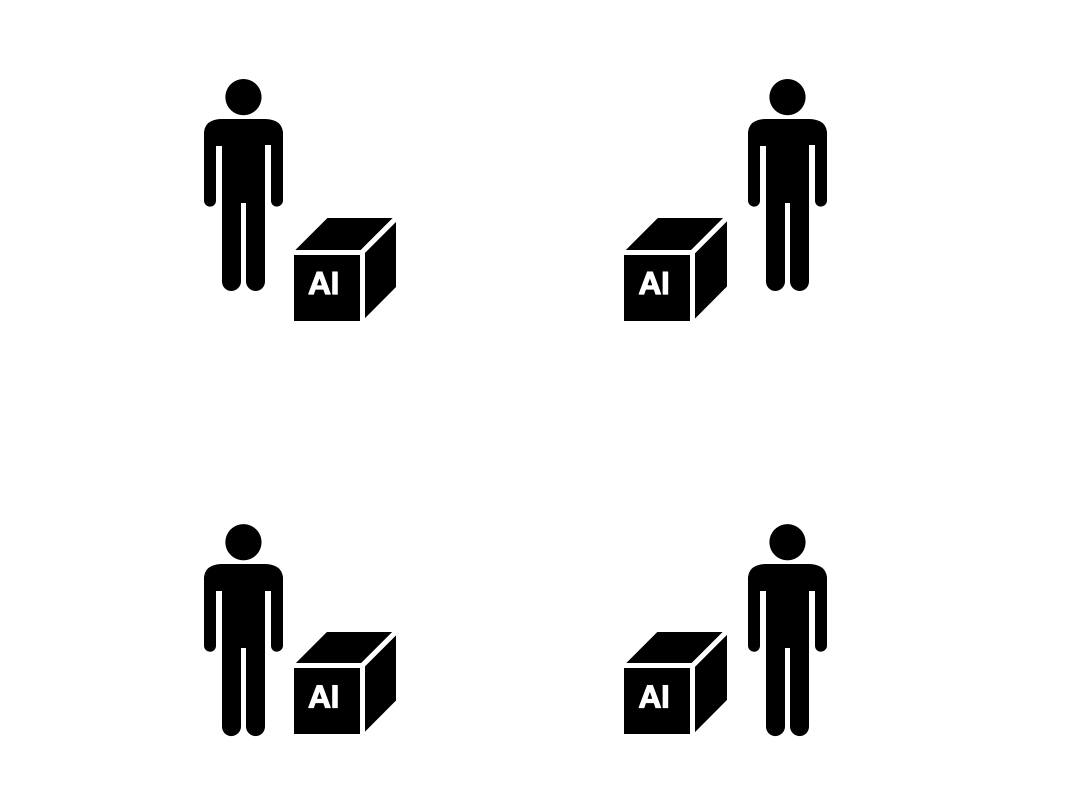
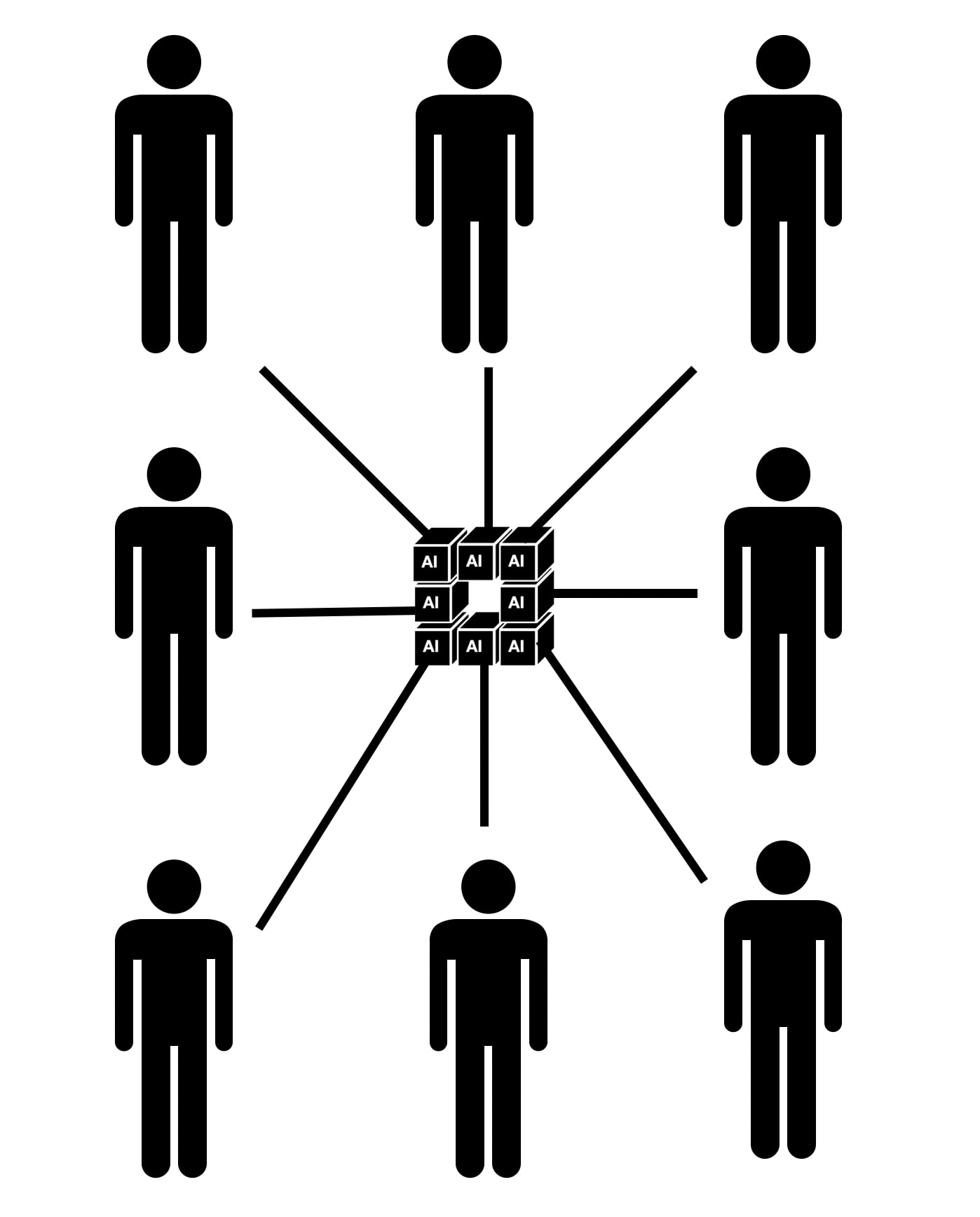

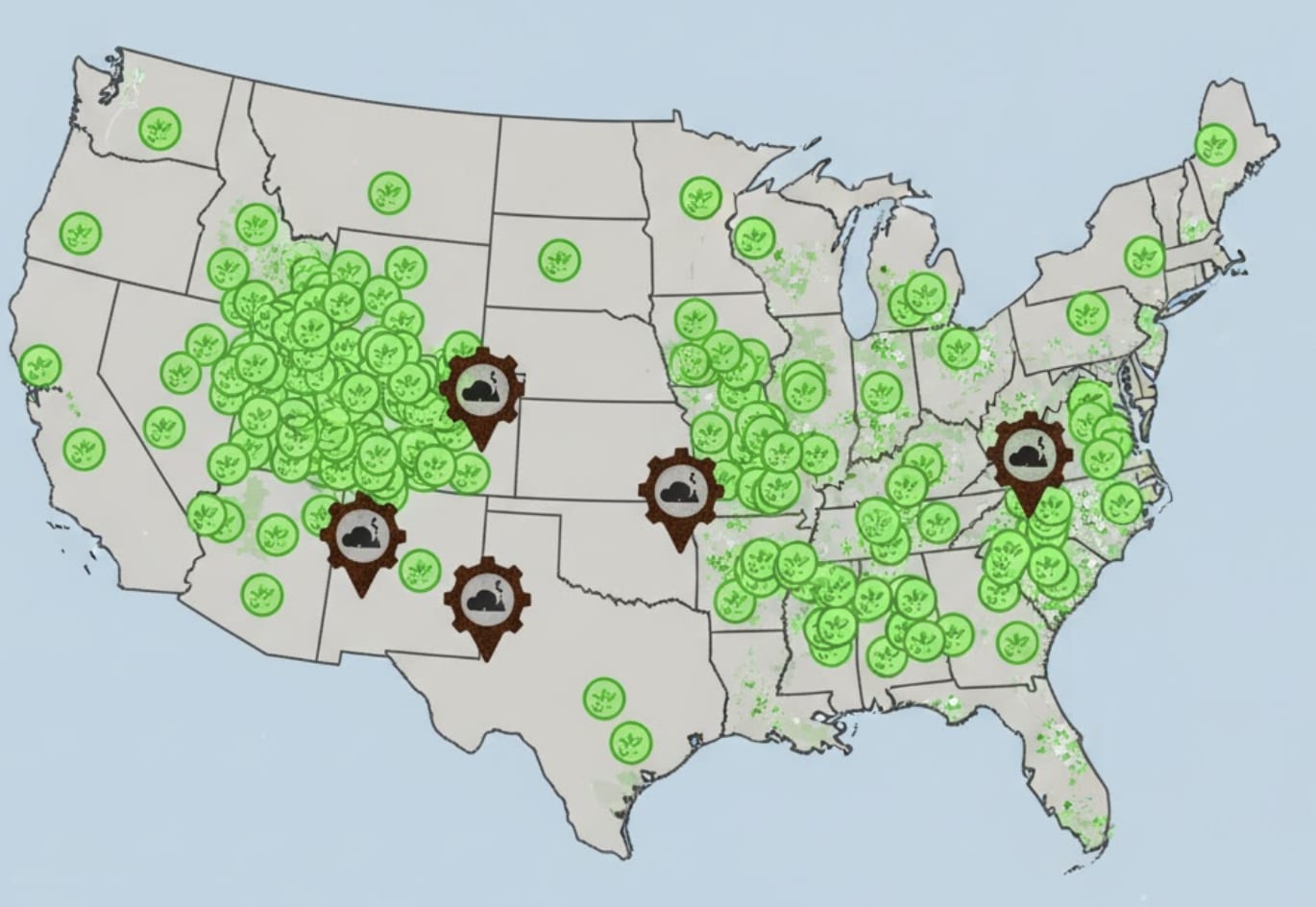
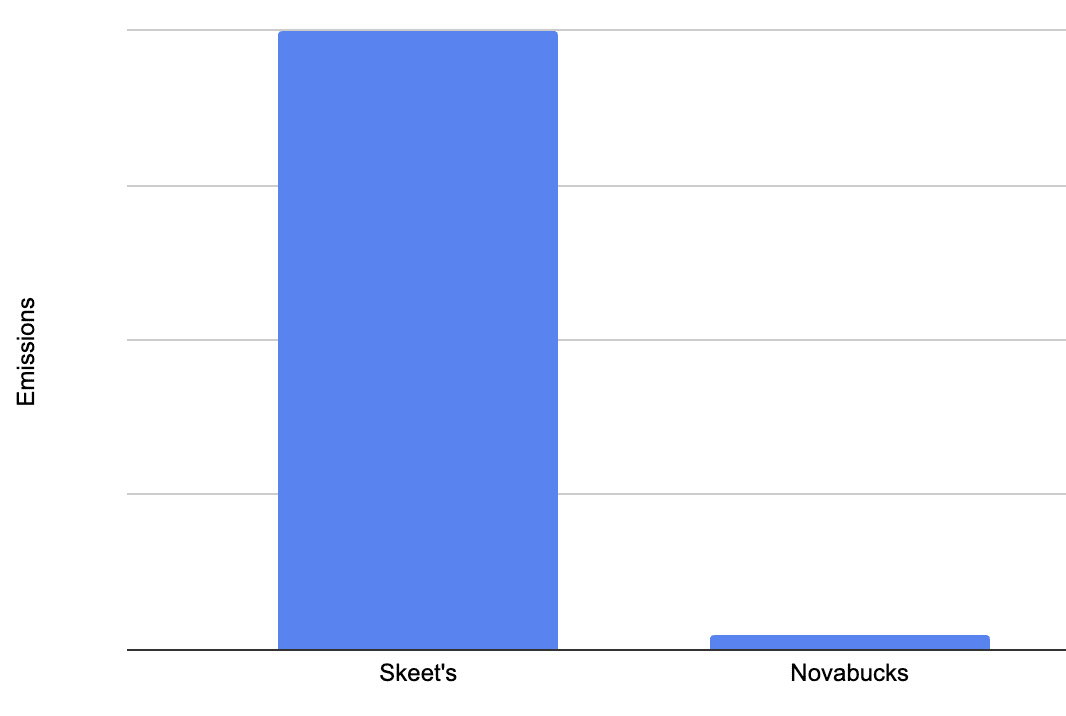
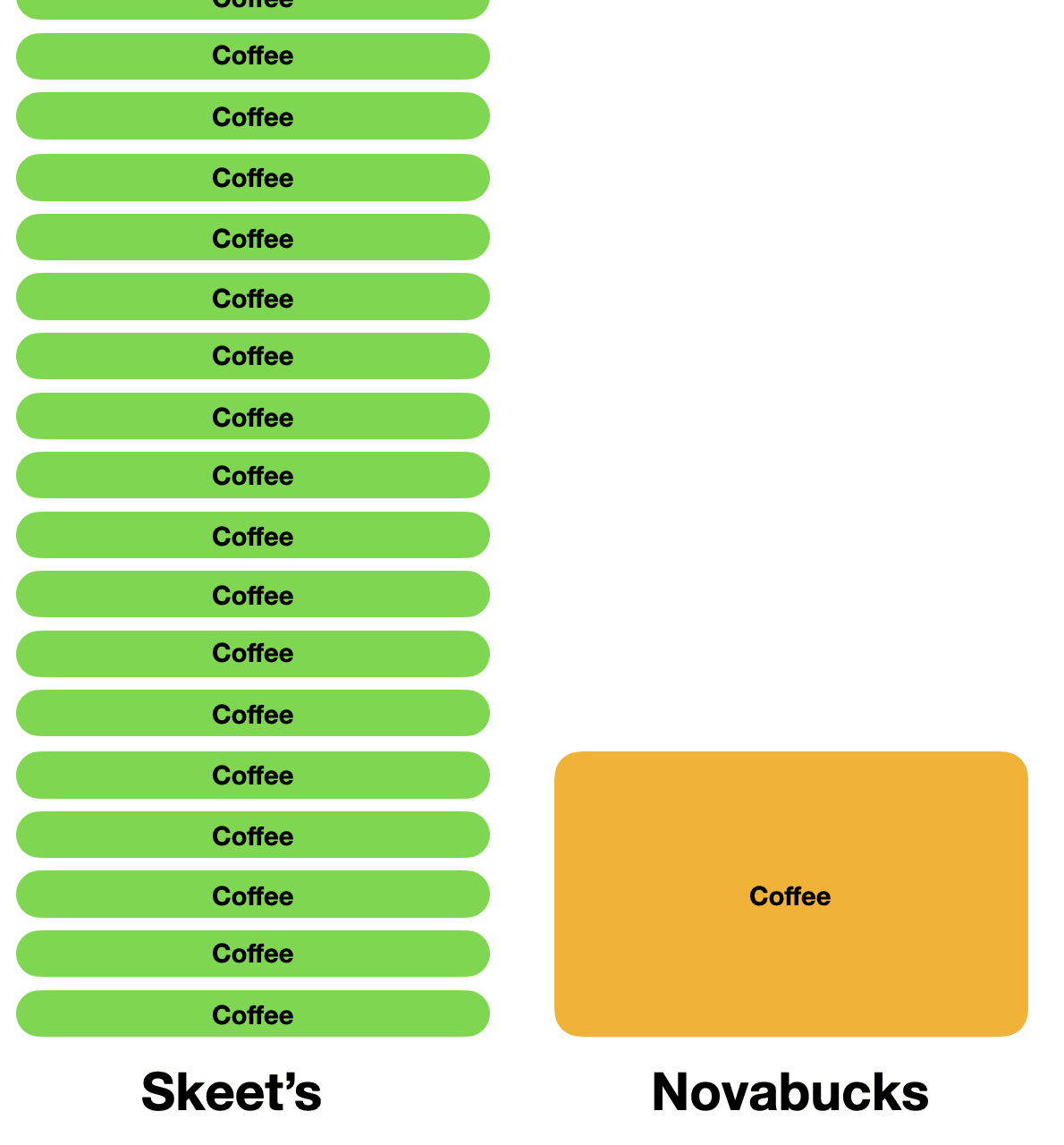
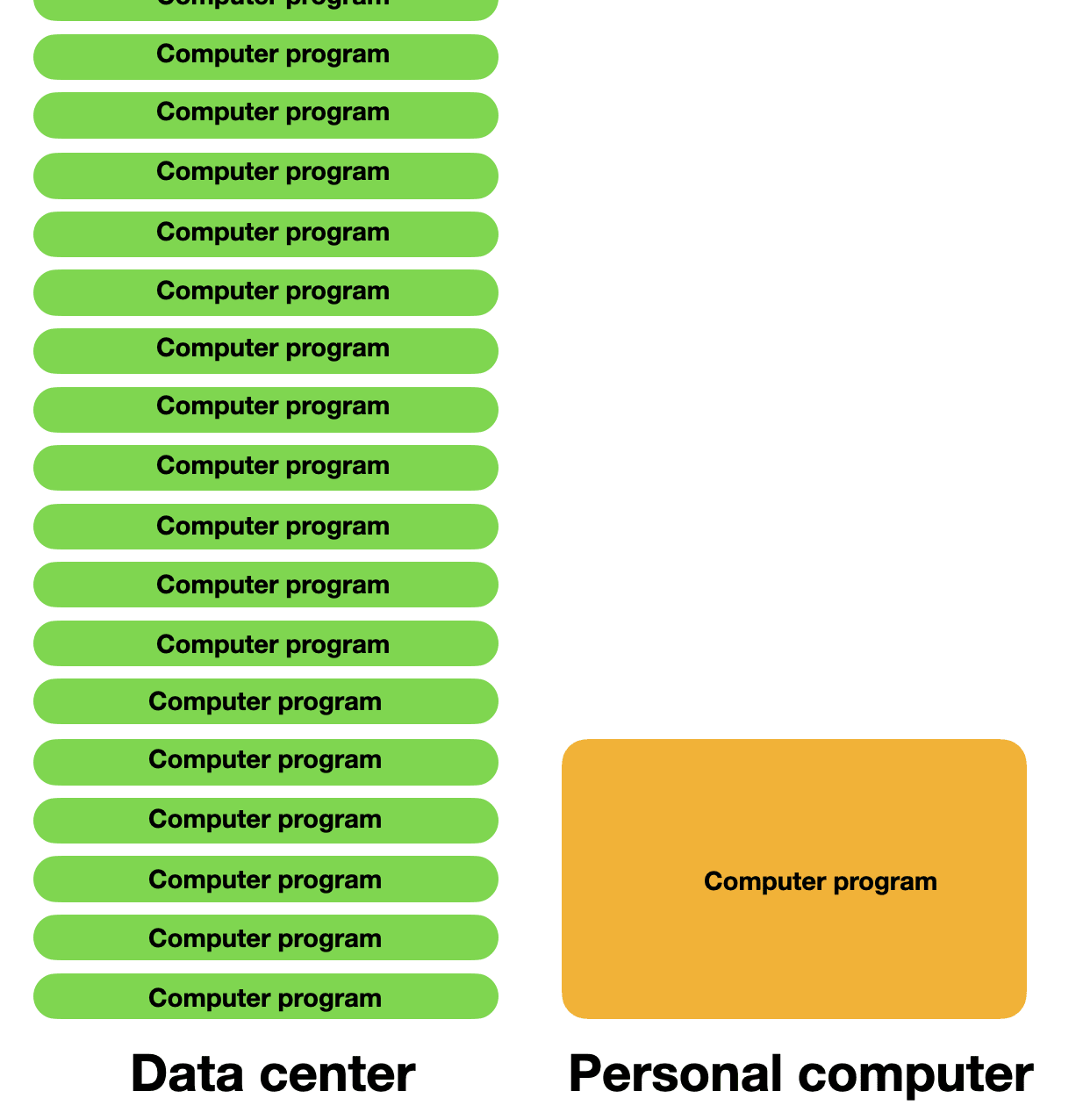

![The Dumb Design of Modern Cars [video]](https://www.youtube.com/img/desktop/supported_browsers/chrome.png)


